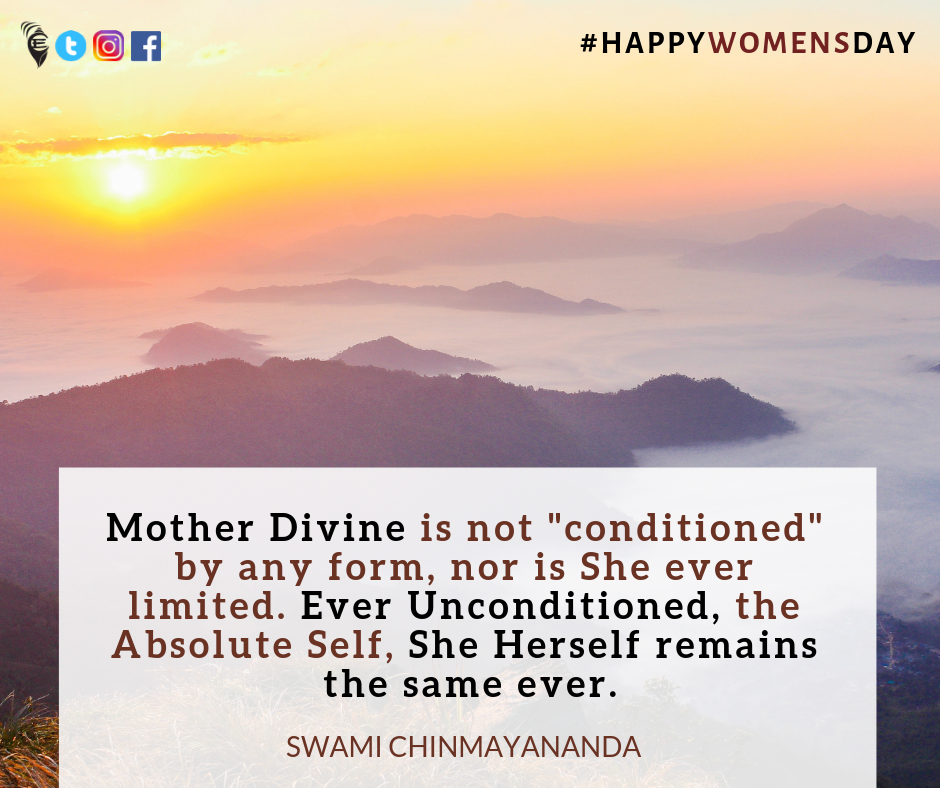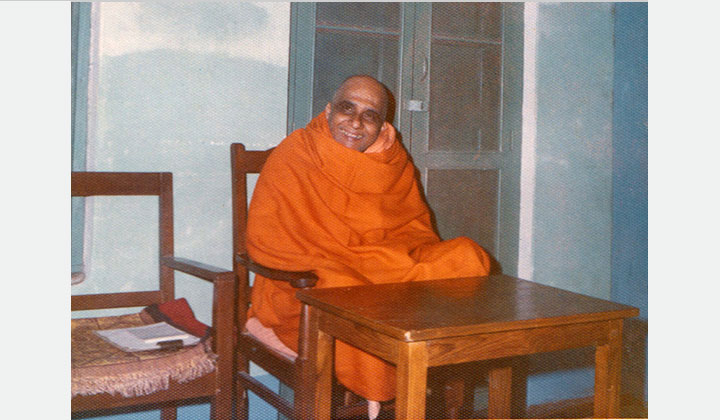The Essence of the Aitareya and Taittiriya Upanishads 5.2. - Swami Krishnananda.
------------------------------------------------------------------------------------------------------------------
Wednesday, February 10, 2021. 11:01. AM.
Chapter 5: Ananda Mimamsa-2.
----------------------------------------------------------------------------------------------------------------------
The body or the sheaths are not us. When we isolate the experiences of the sheaths, for instance as in deep sleep, we will find that we can exist independent of the function of the sheaths. And how did we exist in sleep? As a pure centre of awareness. There was no externality or corporeality. This consciousness which we really are is the selfhood of ours. To repeat, by selfhood what we mean is, we have some status in us which cannot be externalised or transferred to something else. Now the transference which takes place between the Self which we are and the object outside is a false one. All loves, therefore, are false. There is no such thing as true love in the world. It is false because the Self artificially transfers itself to something, while such a transference is not permissible under the very characteristic of the Self. Hence, every person who loves a thing shall also reap sorrow afterwards. No one can be happy eternally with external loves of any kind.
Now comes the question of love and happiness. How are we happy? And how is it that when there is love for a particular object, happiness seems to manifest itself from within? This is a very interesting philosophical as well as psychological feature in us. This is mentioned in a few words (perhaps only three or four words) towards the end of the Taittiriya Upanishad when it discusses the nature of the innermost sheath in us, called the anandamaya kosha. The causal sheath, the most subtle and pervasive and the innermost of sheaths in us, in our personality, is called the anandamaya kosha. It is called anandamaya because it is characterised by blissfulness or happiness. Ananda means happiness; maya means ‘filled with’. It is filled with and constituted of happiness only, warp and woof.
How we become happy is a subject of psychological analysis. What makes us happy? When we come to the proximity of a loved object, we seem to be happy in our mind: “The object that I love is near me.” The nearer we come to it, the greater is the happiness we feel inside. The happiness that one feels at the proximity of the loved object is called the priya. It is not the apex of happiness, because we have not possessed the object. As yet, we have only seen it; we are near it and it is near us. But happiness increases when it is under our possession. Merely seeing it from a distance is not of sufficient satisfaction to us, though that also brings satisfaction. Whatever is to our liking, we wish to see it with our eyes directly, for as long as possible or perpetually.
This happiness deepens when the object concerned comes under our possession and we have a feeling that it is ours. We are not merely seeing it, but it is ours; it is not somebody else’s. Take, for example, money. We can see a lot of money that does not belong to us. Well, even if we see money that does not belong to us, we will have a sort of happiness. That happiness is a peculiar connection that the mind has with the value called money. It may not be ours, but we feel a sense of agitation if we see millions of rupees in front of us. But if it is ours, we can imagine how happy we will be. The happiness becomes most intense when we enjoy the object, and not merely possess it. These three states or conditions or degrees of happiness of perception, possession and enjoyment are called priya, moda and pramoda. This is to give an external analysis of the nature of happiness born of love for things outside.
But now comes the psychological feature. How is it that happiness arises at all? What do we mean by happiness? Can we define it? Is it a substance? Is it a thing? Is it an object? Is it material or non-material? Is it outside us or inside us? Or, is it midway between the two? Where is it situated? It is not very easy to answer these questions because we are so much concerned with the object, and so much overwhelmed by a contact with the object, that there is no time for us, nor even interest in us, to analyse the structure of the experience of happiness. But ignorance is bliss, as they usually say. We know nothing of the nature of this happiness and, therefore, we are blissful, in an utter ignorance of the character of the process that is taking place in the experience of this happiness.
To be continued ...
===============================================================



.jpg)

Comments
Post a Comment